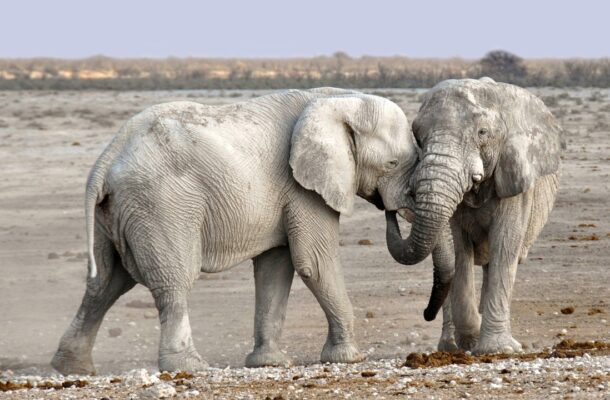When Elephants Dance: Has Elon Musk called the top of the Social Media era?

My 2021 book Small Company, Big Crisis: How to prepare for, respond to, and recover from a business crisis spends a whole chapter on the topic of booms and busts. I go through how they have always happened, will continue to happen, and will always unfold in the same manner.
Booms and busts happen when the price of something (shares, houses, gold, oil …) increases – slowly at first, and then in a big rush. The boom part is followed by a precipitous drop – the bust. This is followed by a period of despair, until the slow increase starts again.
There are 6 phases of a boom and bust cycle, and there is a definite crowd psychology that describes each one.
The generalised shape of a boom and bust graph looks like this and the underlying psychology of each of these phases is also shown in the notes.
Many of you will recall the Tech Boom Dot Com Bubble, of the late 1990s–early 2000s. Then we had the Global Financial Crisis of 2008, followed closely by the resources boom of 2008 – 2012-13. I’m sure you get the idea.
In this article I want to concentrate on the top section of the boom – the greed, delusion and ‘This time it’s different’ phases.
When Elephants Dance
A regular feature of these top phases is that here, elephants start to dance. What I mean by this is that huge companies start to dance with other huge companies. Massive takeovers emerge that don’t always make sense.
Here’s two examples that many readers will remember:
AOL – Time Warner
In January 2000, at the height of the Tech Boom, America Online(AOL), an internet-subscription provider, announced a mergerwith Time Warner, a cable-television company. The merger, worth USD$180 billion, was the largest ever recorded.
The high point of the Tech Boom occurred on 10 March 2000. The bubble had burst. By October 2002, the low point, the Nasdaq Composite Index had fallen 78 percent from the peak. All the gains were gone. That much-talked-about merger between AOL and Time Warner wiped out USD$99 billion of shareholder wealth.
AOL was bought by Verizon in 2015 for just $4.4 billion
BHP – Rio Tinto
In 2008, Australia’s own BHP Billiton (now just BHP – again) attempted to take over rival Rio Tinto as iron ore prices rose. The deal was worth $140bn. The pair had been parrying for over a year before the bid was finally launched. By September 2008, Lehman Brothers had collapsed and the world was tipping into the Global Financial Crisis. Iron ore prices fell from USD 197 to USD 60 per tonne. The world was in the grips of the global financial crisis and China had experienced a sudden slowdown, causing the spot price of iron ore to fall to $US60 a tonne, from an earlier peak of $US197. BHP withdrew its bid in November 2008, and Rio Tinto shares fell almost 40%. BHP paid almost $450m in fees for the failed process.
Are the elephants dancing again?
Now there’s a new mega-takeover in the news.
In April 2022, Elon Musk (of Tesla and SpaceX fame) bought social media platform Twitter for USD 44 billion. That’s about all we know at the moment. It was unclear who would head up Twitter, what the structure of the purchasing entity was, or what Musk plans to do. It’s all very fuzzy.
After several weeks, Musk put the brakes on. Supposedly, he wants to examine just how many fake Twitter accounts there are. This Musk-Twitter episode has set off alarm bells in some financial circles. Are we really looking at a peak in tech stock values? Or just social media stocks? Or the whole market? Or does it mean absolutely nothing at all?
I certainly don’t have a clear answer for you, but if history tells us anything and the elephants really are starting to dance, it’s time to consider getting out of the way.
Bronwyn Reid is an author, business mentor and educator. A serial small business owner who has started three award-winning businesses from Regional Queensland, Bronwyn has proven to herself (and others) that being a small business owner in a regional area is actually a valid lifestyle choice. Bronwyn now combines her two main drivers – education and small business success (particularly in regional areas), through my speaking, writing, workshops, training programs, and advocacy. Her first book Small Company, Big Business, highlights the relationship between big companies and their small company suppliers and her second book, Small Company, Big Crisis: How To Prepare For, Respond To, And Recover From A Business Crisis takes on the theme – creating sustainable businesses.







